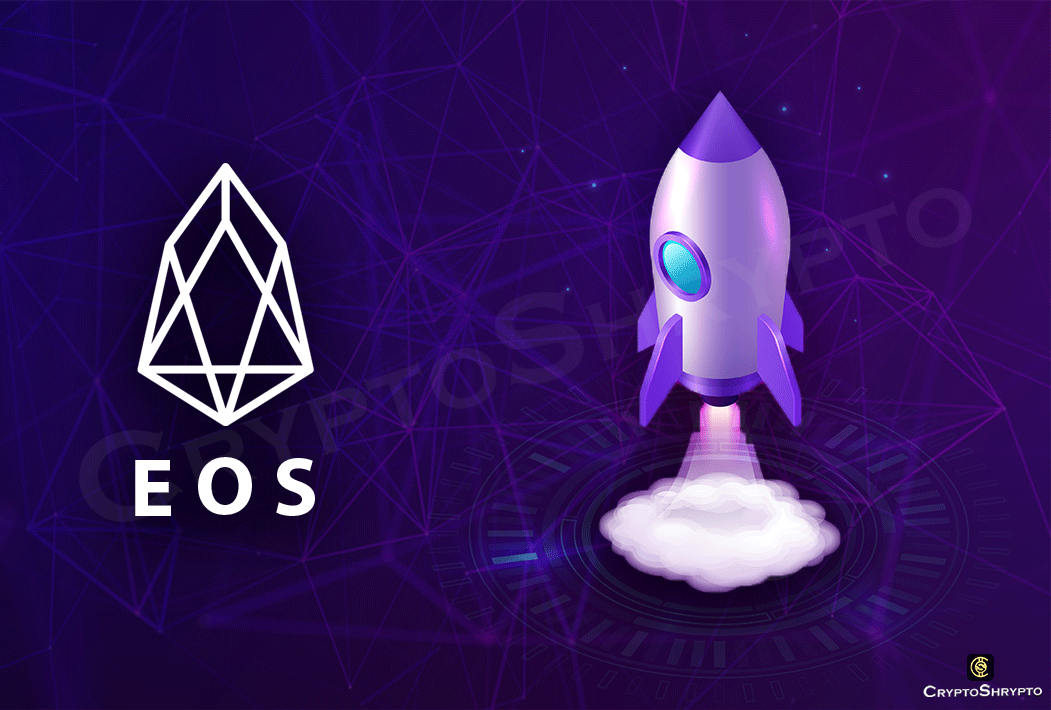The dapp platform for web 3.0, EOS, has completed the necessary work to integrate the Ethereum Virtual Machine (EVM) into the network. As a result, developers will be able to create and distribute more blockchain applications using familiar tools and coding languages.
EVM is the Ethereum software platform for creating decentralised applications (dapps). Each Ethereum full node contains a virtual programming stack. Solidity is the programming language used to develop smart contracts that operate on the EVM.
The EVM also keeps track of the Ethereum network’s current state (including all balances and accounts) and determines how the network changes state with each block.
Because Ethereum was the first and most widely used smart contract platform, making other blockchains EVM compatible has become something of an industry standard. This enables those platforms to quickly absorb Ethereum’s latest developments by using the same technology.
This capability will be granted to the network by integrating EOS’s new Trust EVM. The smart contract-based virtual machine is said to have substantially better throughput than existing EVMs, with 10,000+ TPS. Visa, on the other hand, is said to handle roughly 1700 transactions per second on average.
Furthermore, the “EVM runtime” will be fully compatible with the rest of the EOS blockchain. This means that tokens can be safely transferred between different parts of the dapp ecosystem.
Although Block.one, a blockchain software startup, founded EOS, the EOS Network Foundation (ENF) has effectively taken over as the platform’s leader. Due to a lack of community and financial backing, the ENF accuses the company of failing to acquire a “critical mass.”
Read more: IOST Foundation announces to invest $100 million for EVM developers




